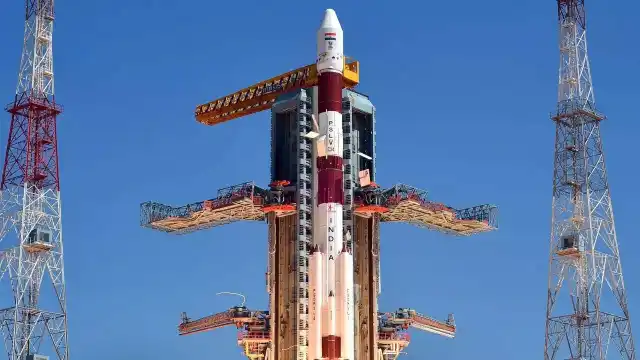India’s first privately assembled PSLV is on track for its debut commercial launch before the financial year wraps up. It’s a big step toward building a serious private space industry in the country.

A few years back, ISRO handed over PSLV production to the private sector. The job went to a joint venture between Hindustan Aeronautics and Larsen & Toubro, which is contracted to build five rockets. The first one is almost ready.
Amit Ramchandani from L&T put it plainly: they’ve worked with ISRO for years, this project lets them prove their capability on core hardware, and if things stay on schedule, we could see multiple PSLV flights in 2026.
The approach mirrors the US playbook, where NASA sets the rules and companies like SpaceX or Blue Origin build the launch vehicles. India’s move could pull in more startups and open the door to deeper public-private collaborations. The HAL–L&T deal is worth ₹860 crore for five rockets.
This project is being run by NSIL, ISRO’s commercial arm, without direct involvement from ISRO or In-Space, the authorization body. In-Space chairman Pawan Goenka said that while private-sector revenue has been slow to ramp up, efforts like PSLV privatization will push long-term growth. His team’s 2033 vision document estimates launch services alone could generate more than ₹31,000 crore annually.
The first privately produced PSLV is set to carry Oceansat, an earth-observation mission built for academic and research use. The total mission cost is expected to stay under ₹500 crore.
Meanwhile, the US private space industry has a twenty-year head start. SpaceX, founded in 2002, pulled off its first commercial satellite launch in 2008. India opened its sector only in 2020. The cost gap shows the difference: a SpaceX launch can go as low as $1,200 per kg, while ISRO’s hover near $5,000 per kg. India hopes private production will help close that distance through scale and frequency.
For startups, this shift matters. Bellatrix Aerospace’s Yashas Karanam said a private PSLV ecosystem creates new business opportunities for component and subsystem suppliers, much like how L&T supported ISRO in earlier years. Bellatrix has developed its own propulsion tech and sees private rocket production as a potential customer base.
Surbhi Patni Dalmia of NovaSpace added that PSLV is already a proven launcher. If private players can build it in larger numbers, India gains launch capacity and, in turn, more revenue. It also frees ISRO to focus on deeper science missions instead of routine manufacturing.
The PSLV has long been ISRO’s most trusted rocket, with 63 launches since 1993 and a near-perfect success rate. It’s carried everything from national satellites to marquee missions like Chandrayaan and Mangalyaan, plus foreign payloads. But ISRO builds it only when needed. Privatizing production means the rocket can finally be manufactured at scale, giving India’s space ambitions more room to grow.
Its track record sits at about 98 percent, with only one failure in a commercial mission—the May 2025 launch.
